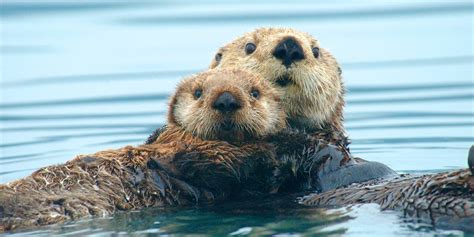But researchers say focusing on the environmental impacts and potential health harms of the finished products alone hides their actual environmental impact. Manufacturing Teflon and other fluoropolymers uses other, more dangerous PFAS chemicals. These compounds are known to contaminate the environment surrounding manufacturing facilities, said Rainer Lohmann, a professor of oceanography at the University of Rhode Island.
“Basically, anywhere where there’s a major fluoropolymer producer, they seem to have succeeded in contaminating the entire region with their production process,” he said.
The ministry’s move to remove fluoropolymers from its proposed rules suggests those industry lobbying efforts have worked, MacDonald said. Using a study with self-declared ties to the chemical industry to back up the ministry’s decision to exclude fluoropolymers “just kind of shows a little bit of what’s happening behind the scenes in terms of where the government is taking the industry’s word,” she said.
Remember how aerospace corporations were allowed to self regulate and then Boeing killed 300 people, had a flight drop 300 feet in a second and had a non-door fly off?
relying on research by chemical industry researchers
🤡
Remember when realtors were allowed to self regulate?
Remember when banks were allowed to weaken regulation and move towards self-assessing risk and capital adequacy levels?
I got shocked at first but then I read it’s about polymers. Fluoropolymers indeed have a completely different safety profile than the typical PFAS culprit like C8, PFOS and so on. The polymer molecules are different and can’t do what the non-polymers can. PTFE (Teflon) for example has wide uses in surgical implants. The health concerns around PTFE stem from C8 and other PFAS used during its production, through work exposure and residues on the final PTFE due to insufficient cleaning. There’s something to be said about the manufacturing of PTFE but PTFE itself is inert up to 200-something Celsius. And then it breaks down to poisonous gases but not non-polymer PFAS.
The most significant sources of exposure to PFAS is via stain-resistant furniture, carpets, and oil-resistant food packaging. Then you have exposure via food, from pesticides, biosolid fertilizer (shit collected at the water treatment plants, only legal in the US, so shouldn’t be a thing in Canadian produce), manufacturing processes where it’s used to keep equipment clean. Then you have exposure via drinking water, from firefighting foam (AFFF, used at all airports), factory dumping, firefightand all other sources that eventually end up in the water. All of those examples are non-polymers.
I’m not saying there isn’t a problem with the industry writing regulation. I’m very much against that and I’m very suspicious. I’m just saying that if the exception is about polymers only, while the rest of PFAS are regulated as a class, then this isn’t the loophole that it seems it is. I wrote a letter about the PFAS draft report during the citizen comment period where I stressed PFAS should be regulated as a class because it’s too easy to find alternative molecules that aren’t forbidden to workaround specific-compound regulation.
200-something
So just using your stovetop/oven exposes you to toxic gases? that doesn’t sound safe.
I guess that’s why some oven manufacturers tell you not to use it around birds.
Technically it’s 260 Celsius. By then any oil in a pan should start smoking, telling you to lower the heat. The PTFE won’t burst in smoke in a split second at 260, it’ll just start off gassing. The higher you go the more gas. So yeah, it’s not very safe if you don’t know about this and don’t treat it accordingly. And yeah, I think that’s what the bird thing is about.
Canada still uses biosolids, but they can’t be used on crops directly for humam consumption, instead used on cattle feed or other crops that do not go from field to plate.
What. 🥹
Liberals proving once again that they need to be held accountable.
Let’s hold them accountable by voting in the rabidly pro-business party. That’ll show em!
Nah, I mean by having a general strike until the corrupt members of the liberal party get with the times and pass proportional representation without a referendum with the conservatives, smaller parties and independents. Lets have 95% represented instead of 40%.
It sure would be useful if Trudeau believed that passing proportional representation was the one thing he could do for a viable bid for re-election at this point
FFS








